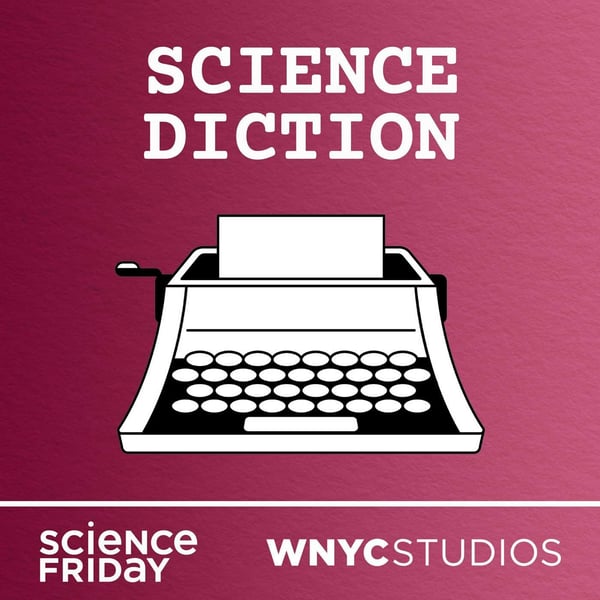Spanish Flu
Science Diction
Science Friday and WNYC Studios
4.8 • 610 Ratings
🗓️ 28 April 2020
⏱️ 16 minutes
🧾️ Download transcript
Summary
Transcript
Click on a timestamp to play from that location
| 0:00.0 | On September 28th, 1918, the city of Philadelphia was ready to party. The United States was in the final stretch of World War I, and Philly, like a bunch of other cities, wanted to raise some money for the war efforts. So they decided, why not have some fun? Sell some war bonds with the |
| 0:22.6 | parade. And they were ready to pull out all the stops. Marching bands, they had them. Uniform troops, |
| 0:30.7 | military planes on grand display, a full two miles of floats and flags and some much-needed good spirits. |
| 0:41.5 | But this parade, it would turn it to be a colossal mistake, because something else was |
| 0:48.1 | snaking through the city that day. A viver said people called the Spanish flu. |
| 0:54.6 | From Science Friday, this is science diction. |
| 0:57.4 | I'm Johanna Mayer. |
| 0:58.6 | Today, we're talking about the Spanish flu and how it really wasn't Spanish at all. |
| 1:26.6 | Okay. When this flu pandemic first struck in the U.S., no one realized that that's what was happening. |
| 1:30.6 | It was the spring of 1918, and across the country, |
| 1:36.5 | young soldiers were crammed together in military training camps, getting ready to go fight the Germans. |
| 1:41.7 | And it was in one of those training camps that the virus first showed up. |
| 1:46.9 | Over the course of just three weeks, over a thousand soldiers were hospitalized with aches, chills, a high fever. And from there, it quickly spread. Over the next |
| 1:53.9 | couple of months, it hit more than a dozen of these training camps. But the vast majority of |
| 1:59.7 | soldiers recovered. By summer, it all basically died away, |
| 2:03.6 | and everybody could get back to what they really cared about. The war. A few months passed. |
| 2:11.4 | And then, it came back. And this wave was much, much deadlier. And it moved fast. In the summer and fall, the |
| 2:23.1 | virus hit nearly every continent. Europe, Africa, Asia, it got as far as New Zealand. In early August, |
| 2:30.8 | it hit the U.S., starting in Boston and quickly spreading west. |
| 2:35.4 | In Philadelphia, by late September, there were already hundreds sick. |
| 2:41.2 | And it was then in the middle of what was shaping up to be a horrific global pandemic |
| 2:47.6 | that Philadelphia decided to go through with this big, fancy parade. |
... |
Please login to see the full transcript.
Disclaimer: The podcast and artwork embedded on this page are from Science Friday and WNYC Studios, and are the property of its owner and not affiliated with or endorsed by Tapesearch.
Generated transcripts are the property of Science Friday and WNYC Studios and are distributed freely under the Fair Use doctrine. Transcripts generated by Tapesearch are not guaranteed to be accurate.
Copyright © Tapesearch 2025.

